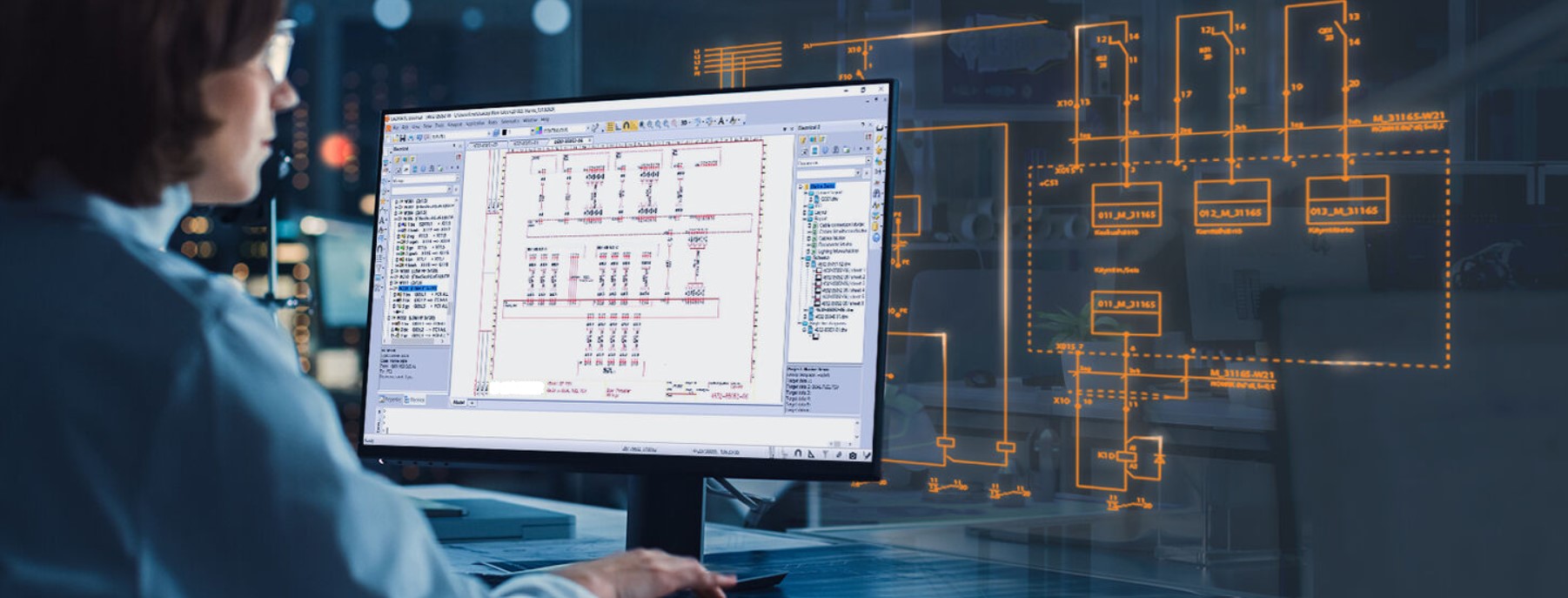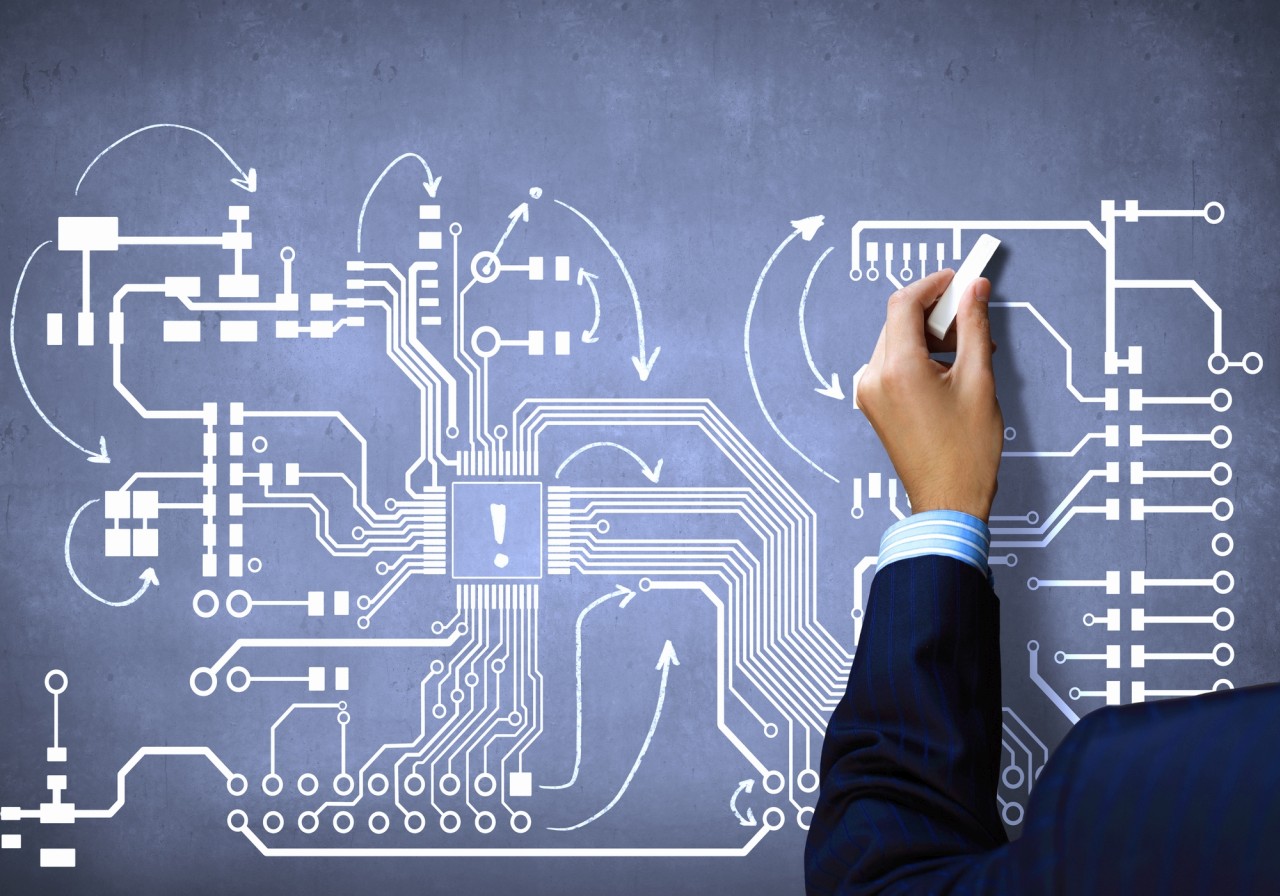Advanced Electrical Engineering Design Services for Residential and Industrial Solutions
Innovative Electric Design Providers for Modern Facilities
The evolution of modern facilities demands innovative electrical design services that not only improve operational performance yet additionally address sustainability difficulties. As city environments expand increasingly complicated, integrating modern technologies such as clever grids and renewable resource sources becomes paramount. These innovations not just assure to enhance energy consumption but additionally foster durability versus future demands. The landscape of electrical design is undergoing quick transformation, motivating a better evaluation of emerging patterns and their effects for lasting facilities practicality. What might the future hold for those who embrace these innovative approaches?
Relevance of Cutting-edge Electrical Design
Ingenious electrical design plays a critical duty in modern facilities, influencing not just effectiveness yet additionally sustainability. As cities evolve and the demand for power boosts, the demand for advanced electrical systems comes to be paramount. These systems need to not just fulfill existing needs however additionally anticipate future development and technological developments.
A well-executed electric design can considerably reduce energy usage, consequently reducing operational expenses and lessening environmental impact. By incorporating renewable power sources, such as photovoltaic panels and wind generators, ingenious layouts can boost energy freedom and resilience. Clever grid technologies allow for real-time tracking and management of power circulation, enhancing performance and lowering waste.
Safety is an additional vital aspect of electrical design. Executing extensive standards and innovative technologies can mitigate risks associated with electric failings, ensuring a protected atmosphere for residents and companies alike. In addition, innovative designs assist in flexibility, enabling infrastructures to integrate arising technologies flawlessly.
Key Patterns in Electrical Design
As the landscape of electrical design continues to advance, numerous essential fads are forming the future of the market. One substantial fad is the integration of wise innovation into electrical systems. The expansion of the Net of Things (IoT) has allowed real-time monitoring and control of electrical gadgets, improving efficiency and promoting predictive maintenance.
Another trend is the growing focus on modular design. This technique permits adaptable and scalable options, making it possible for framework to adapt to changing requirements without substantial restorations. Additionally, making use of innovative simulation devices and Structure Info Modeling (BIM) is becoming increasingly prevalent, streamlining the design process and improving collaboration among stakeholders.
Moreover, advancements in products science are bring about the growth of lighter, much more long lasting, and energy-efficient parts. This development is especially essential for high-performance buildings and facilities tasks.
Finally, there is a marked shift in the direction of data-driven decision-making - electrical design services. Leveraging data analytics assists developers enhance systems for efficiency and cost-effectiveness. Together, these fads signify a transformative era in electric design, boosting capability, sustainability, and resilience in contemporary infrastructure
Lasting Power Solutions
Lasting energy solutions are significantly ending up being an important emphasis in electrical design, reflecting a wider dedication to environmental duty and resource efficiency. These options aim to minimize ecological impact while optimizing power usage in numerous facilities, from property structures to large business centers.
One of the primary strategies entails the integration of renewable resource sources, such as solar panels and wind turbines, right into electrical systems. This not only lowers dependence on nonrenewable fuel sources yet also improves energy resilience. In addition, cutting-edge power storage space systems, such as sophisticated batteries, make it possible for efficient monitoring and distribution of energy, making sure that surplus energy generated during height manufacturing can be used throughout high demand durations.
Moreover, energy-efficient design practices are being embraced to boost overall system efficiency. This consists of using energy-efficient illumination, a/c systems, and wise building modern technologies that keep track of and adapt power use based on occupancy and environmental conditions.
Smart Grid Technologies
The application of lasting energy solutions normally leads to the exploration of smart grid modern technologies, which play a critical function in updating electric systems. Smart grids utilize progressed interaction modern technologies and data analytics to boost the integrity, performance, and sustainability of electricity distribution. By integrating digital innovation with conventional grid infrastructure, these systems promote real-time tracking, automated control, and boosted decision-making capabilities.
One Check Out Your URL of the vital features of clever grids is their capability to fit renewable resource sources, such as solar and wind power. This adaptability not only lowers reliance on nonrenewable fuel sources however additionally allows for a much more decentralized energy production design. Moreover, smart grids enable demand feedback programs, where customers can change their energy usage based on real-time rates, thereby advertising energy conservation and lowering peak load demands.
Furthermore, smart grid technologies enhance grid durability by allowing quicker recognition and resolution of blackouts, ultimately minimizing downtime. With anticipating maintenance and analytics, utilities can boost and maximize operations service delivery. As communities and cities continue to evolve, clever grid technologies are essential for developing a efficient and lasting electrical framework that satisfies the demands of modern society.

Future-Proofing Facilities
To make sure long-term stability and flexibility, future-proofing infrastructure is necessary in the quickly advancing landscape of electric design services. As technology advances and power needs shift, it is important that electrical systems are created with flexibility in mind. This involves incorporating scalable solutions that can accommodate future upgrades without requiring substantial overhauls.

Additionally, sustainability needs to be a foundation of future-proofed designs. Making use of renewable resource resources, such as solar and wind, and maximizing energy performance decrease dependence on other nonrenewable fuel sources, lining up with worldwide initiatives to combat climate adjustment.
Final Thought
By prioritizing sustainability, adaptability, and performance, these solutions attend to the advancing needs of power systems. The combination of wise grid innovations and sustainable power solutions improves durability and minimizes functional expenses.
A well-executed electrical design can substantially minimize power consumption, consequently decreasing operational costs and reducing environmental impact. By incorporating eco-friendly energy resources, such as solar panels and wind turbines, ingenious layouts can enhance energy freedom and strength. Furthermore, innovative power storage systems, such as advanced batteries, make it possible for reliable monitoring official statement and distribution of power, making sure that surplus power generated throughout top manufacturing can be made use of throughout high need periods.
Wise grids enable demand feedback programs, where consumers can adjust their energy usage based on real-time prices, therefore advertising energy preservation and decreasing peak load needs. (residential electrical design)
As technology breakthroughs and power demands change, it is important that electrical systems are designed with flexibility in mind.